November 2, 2015
Insight Briefing: the growth of agile workplaces in the UK public sector 0
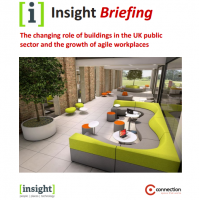 The process of transforming the UK’s public sector estate may have begun under the last Labour administration but it’s fair to say that change really began to kick in as a consequence of the austerity programme initiated by the current administration. Central Government departments and local authorities had already started exploring new ways of owning and occupying their property in the same way as their private sector contemporaries. Now they were incentivised to respond to an administration that was not only prepared to cut their budgets but was introducing frameworks and legislation that encouraged them to innovate and pioneer a new generation of agile workplaces. In our first Insight Briefing, produced in partnership with Connection, we look at how these forces for change have catalysed a new approach and challenged the idea that innovation in workplace design and management is primarily the preserve of the private sector.
The process of transforming the UK’s public sector estate may have begun under the last Labour administration but it’s fair to say that change really began to kick in as a consequence of the austerity programme initiated by the current administration. Central Government departments and local authorities had already started exploring new ways of owning and occupying their property in the same way as their private sector contemporaries. Now they were incentivised to respond to an administration that was not only prepared to cut their budgets but was introducing frameworks and legislation that encouraged them to innovate and pioneer a new generation of agile workplaces. In our first Insight Briefing, produced in partnership with Connection, we look at how these forces for change have catalysed a new approach and challenged the idea that innovation in workplace design and management is primarily the preserve of the private sector.






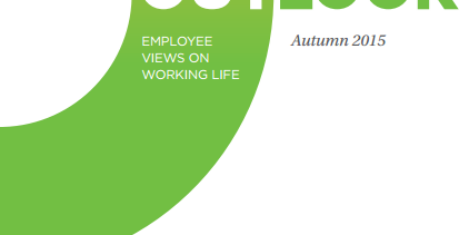
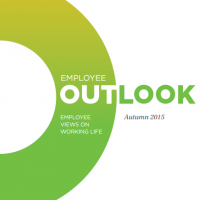





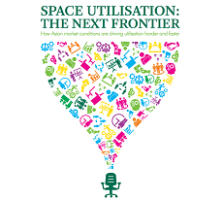
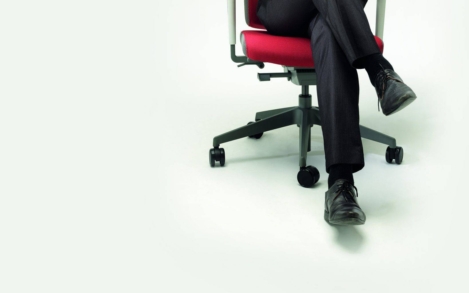
 In years gone by, a ‘one size fits all’ approach to office design might have been the norm, but as the decades have progressed, so too have the options available to businesses designing ‘homes from home’ for their office-based workforces. As new interpretations of the office environment proliferated, so the open plan model came to into being and eventually evolved into the default office design model. This initially brought greater variety than ever before but, ultimately, a one size fits all mentality in
In years gone by, a ‘one size fits all’ approach to office design might have been the norm, but as the decades have progressed, so too have the options available to businesses designing ‘homes from home’ for their office-based workforces. As new interpretations of the office environment proliferated, so the open plan model came to into being and eventually evolved into the default office design model. This initially brought greater variety than ever before but, ultimately, a one size fits all mentality in 

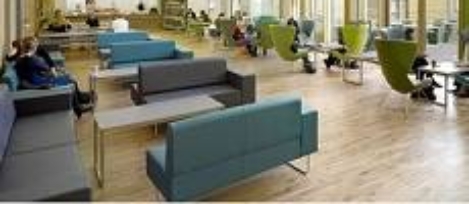
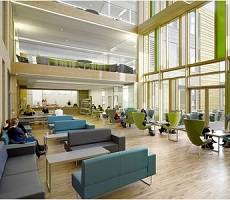





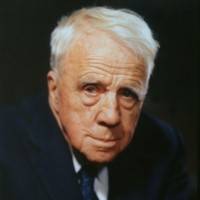
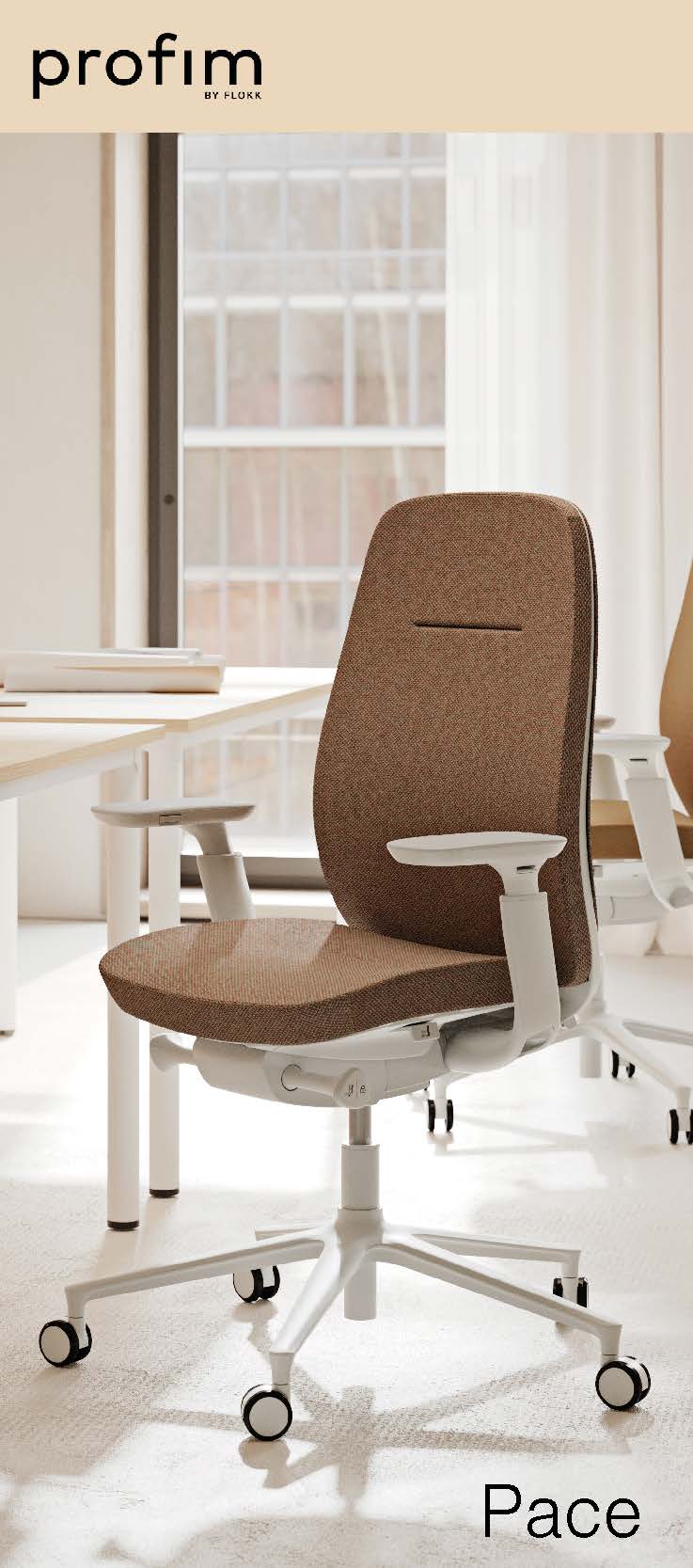





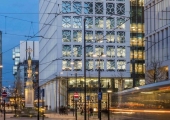

November 12, 2015
The three workplace professions need to face up to a new reality 0
by Mark Eltringham • Comment, Facilities management, Technology, Workplace
(more…)